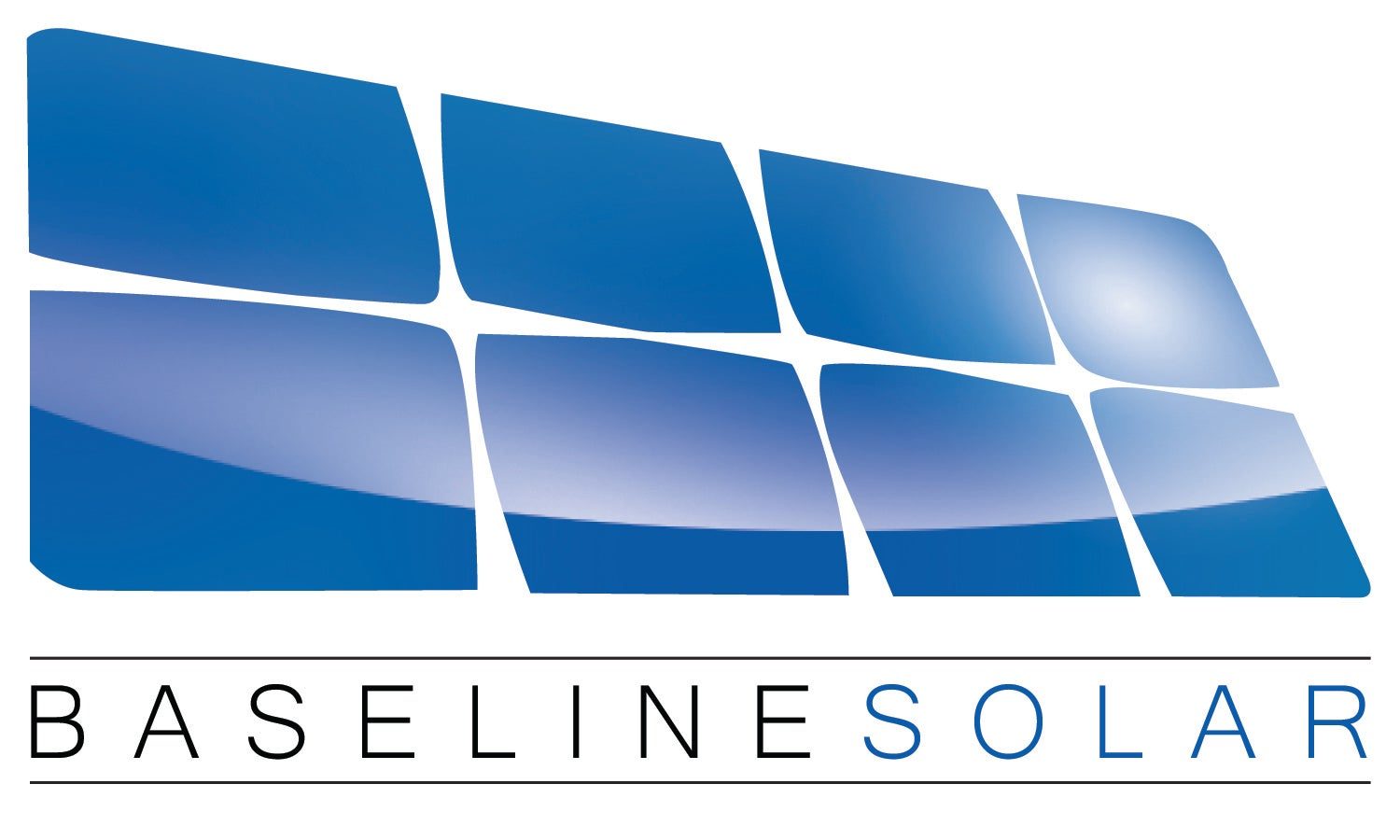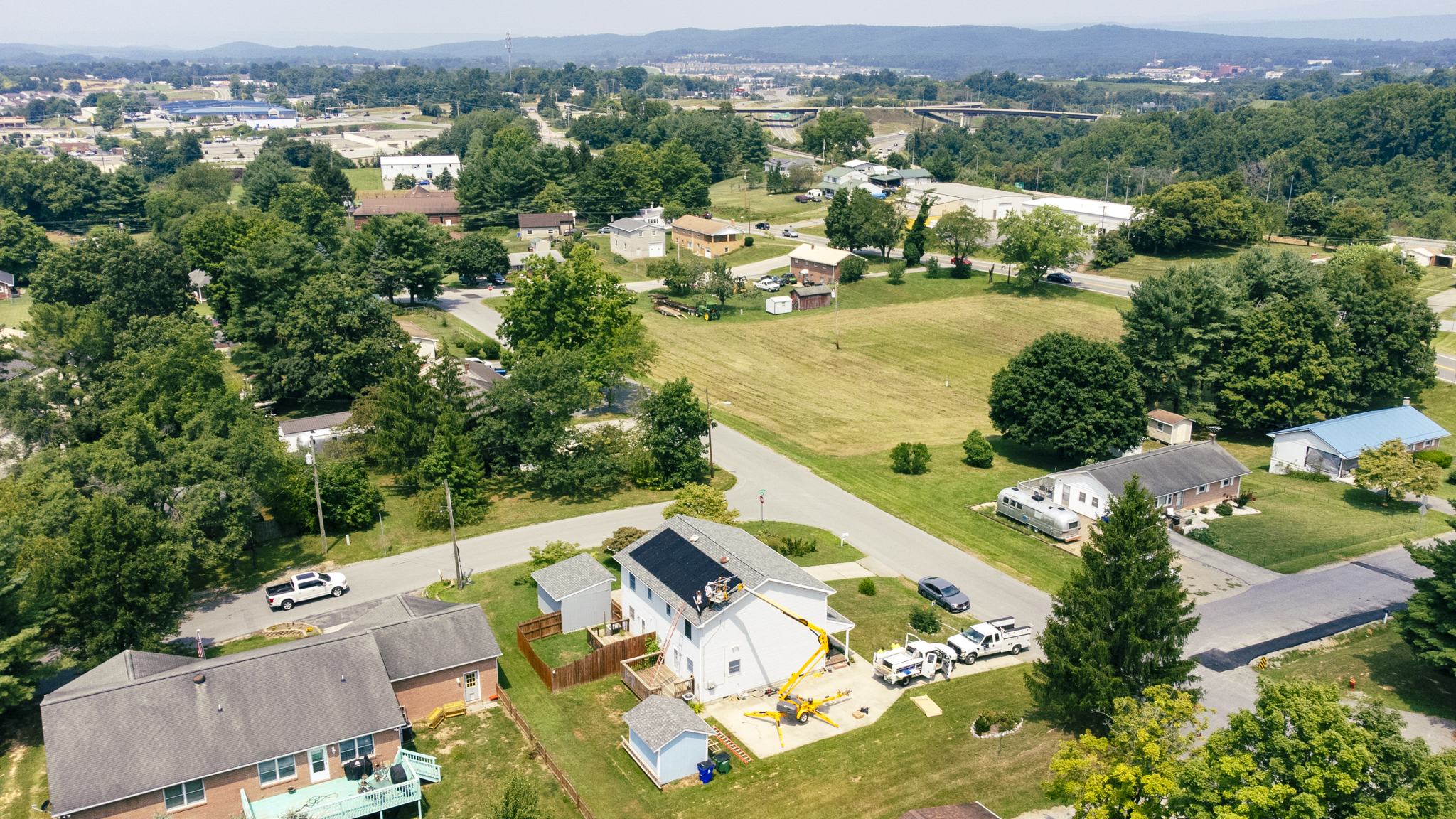In the New River Valley, the real estate market is booming. With the exceptional growth of Virginia Tech and the expansion of private sector jobs in our area, the demand for homes to rent greatly exceeds the supply. More and more owner-occupied multifamily and tenant-occupied rental units geared towards college housing are being built everyday. Just walk through almost any part of Blacksburg or Christiansburg to see all the new construction! With all this development, we’re seeing a lot more interest in multifamily solar.
Both new-construction homes and existing structures are great candidates for solar arrays regardless of whether they’re destined to be owner-occupied or rented. Adding solar to multifamily properties has its own set of unique benefits.
How does the solar array work?
A roof-mounted solar array on a multifamily home works very similarly to a single-family one. The only exception is that we typically add an inverter that interconnects to each service that comes into the property, so each individual home can then take advantage of net-metering.
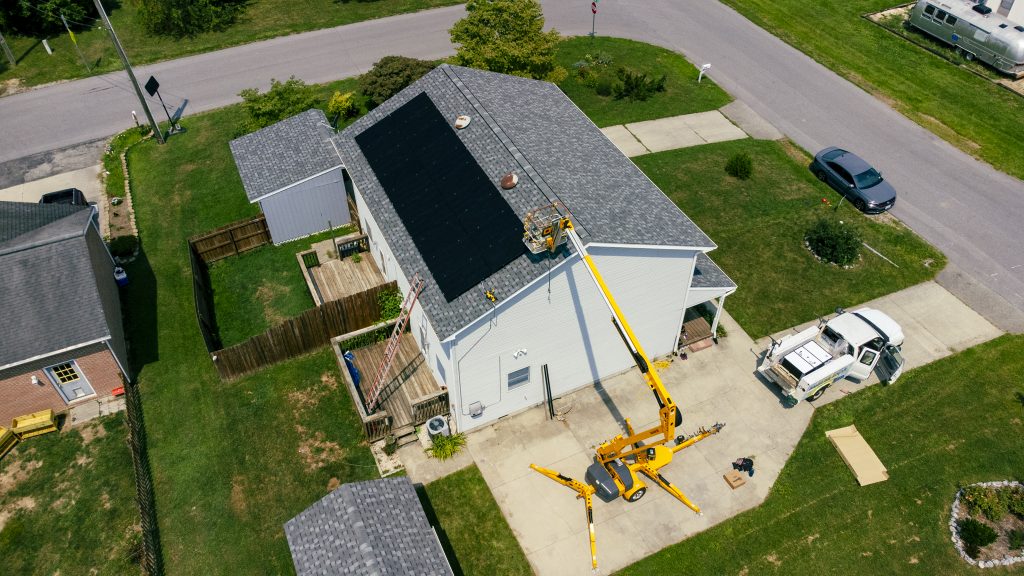
For this particular installation near downtown Christiansburg, we utilized two Fronius inverters on either end of the structure and split the panels on the roof so that half of the array feeds into each inverter. By combining the array into one large rooftop footprint instead of two, we made the most of available roof space.
Why is multifamily solar important?
Regionally, solar arrays are often added to single-family homes and commercial buildings. It’s only been in the past year or so that we’ve started to see demand for solar on properties with higher housing densities. Projects like the Hearthstone Apartments installation in Blacksburg is just the beginning. We expect to see a lot more interest in solar, electric vehicle charging, and energy-efficient design as our area develops more and more housing.
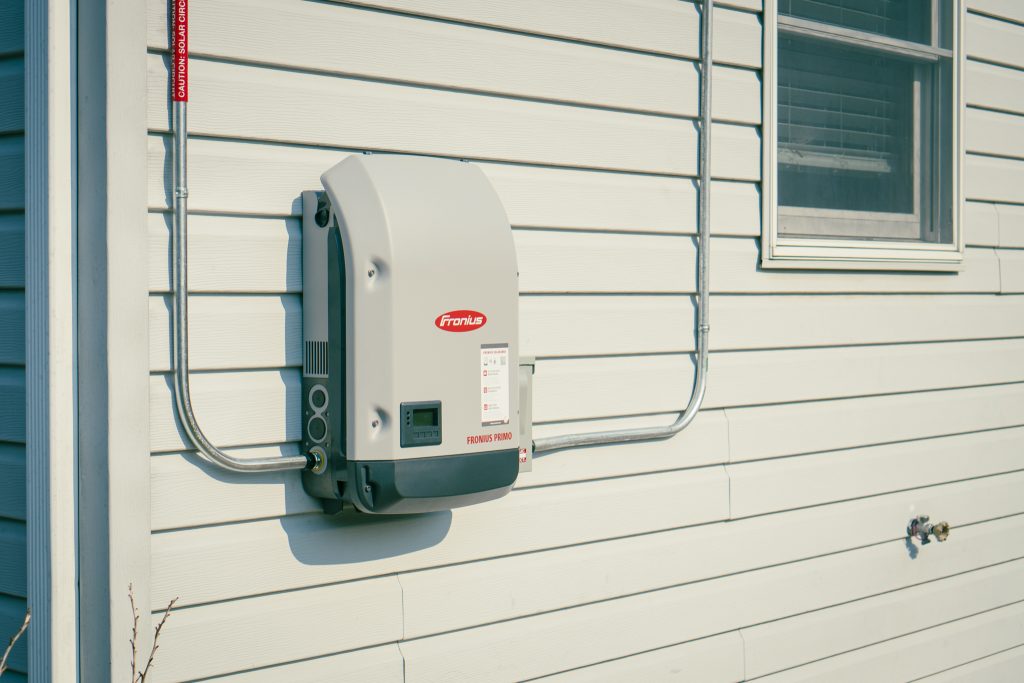
Housing density makes sense both from a sustainability and an affordable housing perspective. By adding solar to these structures, owners of these properties are really setting themselves up to be on the forefront of modern housing design. Because solar arrays start producing power and saving customers money from day one, the faster we adopt these technologies broadly, the faster we can reap the benefits!
So how does solar work on multifamily homes?
Just like in most residential applications, customers can take advantage of net-metering agreements with their utility. Any electricity produced by the panels is first used in the home and any excess is sent out to the grid. The utility company keeps track and customers only pay for the electricity they use from the grid–whenever they need more power than they’re producing.

For a landlord, there are many options to handle net-metering, depending on their agreement regarding utility payments with tenants. If the landlord pays for the electric bill as part of their lease agreement, they can take advantage of the cost savings of solar just like in their own home.
If tenants are responsible for utilities on their own, a different agreement could be worked out, perhaps passing the savings onto the tenant or adding it as an enticing perk much like an in-unit washer/dryer or upgraded appliances can add value to a lease. Most landlords typically choose to increase rent in order to pay themselves back over time for their investment in solar.
Solar plays an important role in affordable housing
By adding solar to homes that would typically see ever-increasing utility bills, we can help insulate owners and tenants from these future costs. Each time electricity rates increase–like they did July 1st, 2021 for many of our customers–solar becomes an even better, more attractive investment.
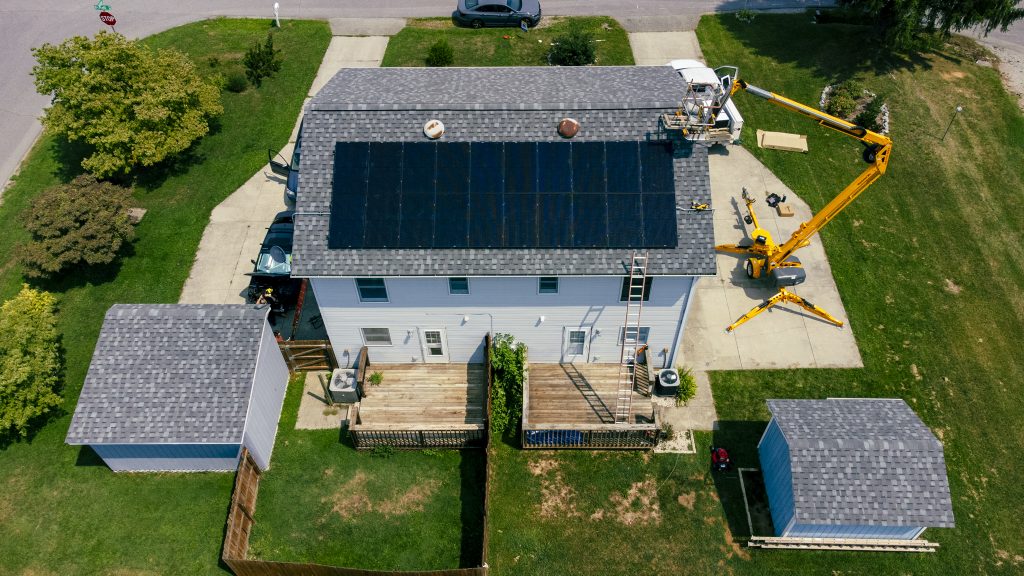
Organizations like Community Housing Partners are already looking for ways to create affordable, energy-efficient homes for the future. With a solar array on their Christiansburg headquarters, they’re really setting an example for the future of sustainable, affordable development here in Southwest Virginia and beyond.
Want to see if your property is a good candidate for solar? Get in touch today! We offer free estimates for residential systems and are always happy to talk to commercial developers as well. We’ll put you in touch with our design team and customize a system that exceeds your expectations! Contact us today for more information.
